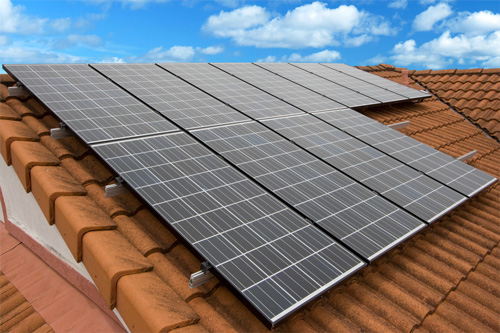
Solar Thermal
Solar thermal is when all or part of your water heating is performed by the sun. The main type of solar thermal is a black box on your roof with copper water lines running through it. The water heats up and is transferred to a holding tank where it can be used by your primary water heater. This leaves you with a water heater that only has to heat its water with gas or electricity when the hot water in the holding tank runs out of storage hot water from the sun.
Solar thermal water can be used for your domestic hot water (showers, sinks, etc) and if you have a hydronic radiant or hydronic air handler heater you can also use it for this. The more things you have that can use this stored solar energy the better.
EPB has completed 18 weeks of solar thermal training and has installed numerous systems. We are experienced in closed loop glycol systems, drain back systems, open loop systems and ICS (Integrated Collector Systems. We use Helliodyne manufactured systems. We have experience integrating our solar hot water systems with domestic hot water, radiant floor heating and combined hydronic systems.
Solar thermal is the most efficient use of solar energy.
Photo Voltaic (solar electric)
Residential Photo Voltaic systems collect electricity from the sun via solar panels. The solar panels, normally mounted on the roof, generate DC electricity which is converted to AC electricity and supplied to your house and/or utility company.
Most types of residential PV systems generate power then supply it to the utility company, called on-grid systems. This offsets the energy that you pay for which reduces your bill. It is very important that you make your house energy efficient before you set up a PV system so that you can properly size it for your loads.
Some types of PV systems are designed for off-grid electricity production. These systems are primarily designed for houses living off of the utility company’s power. It is important to do extreme energy efficiency upgrades to your home before building this system. These systems must be designed for the full electric load of your home in the lowest sunlight month.
EPB has completed an 18 week training course on PV and has a NABCEP certification for PV.
Wind Generators
Wind generators are a great way to produce electricity. They work by spinning a generator that produces electricity. They can feed back into the grid and offset your bills or they can power things independently. You need a location that has a good amount of wind and with enough room to support the tall structure.
